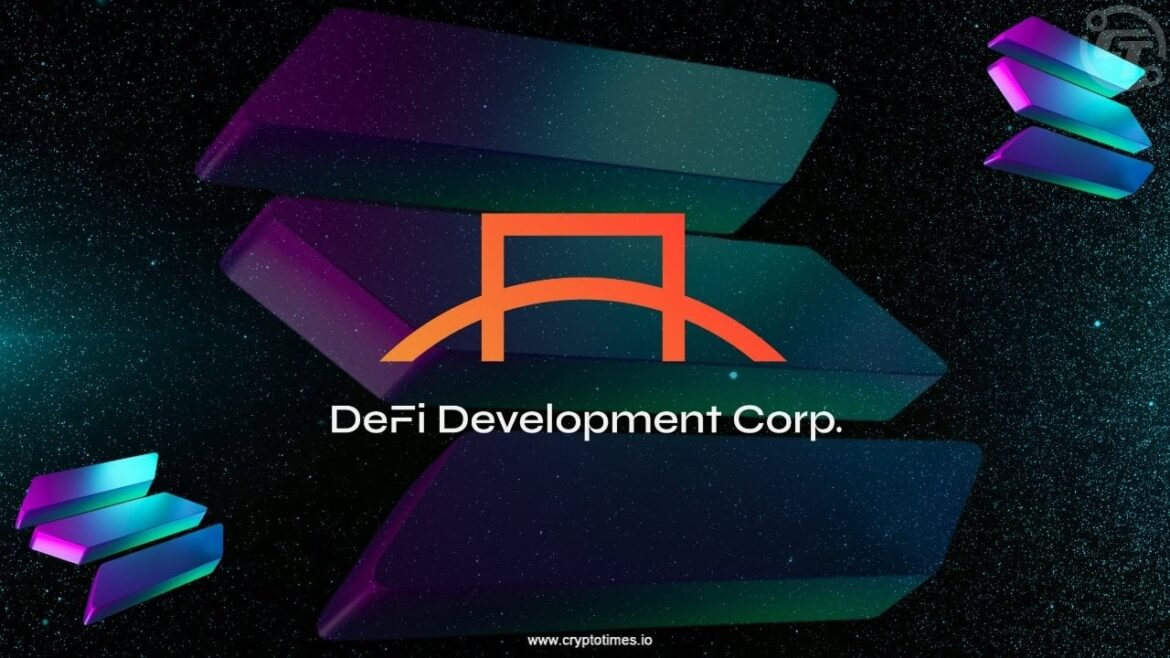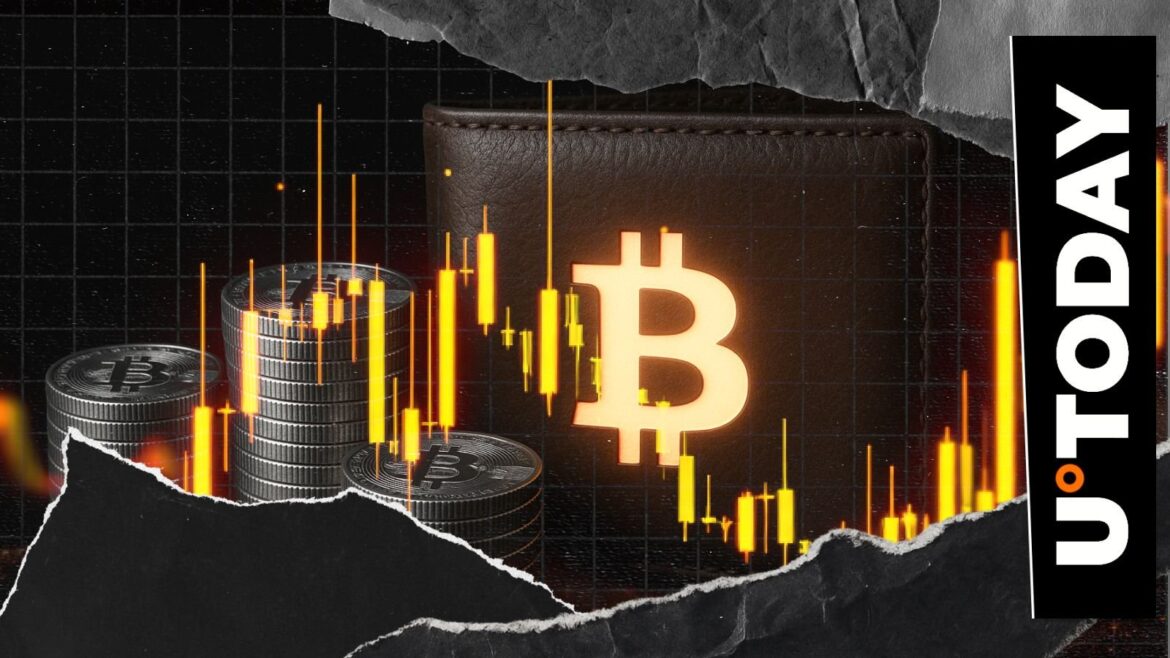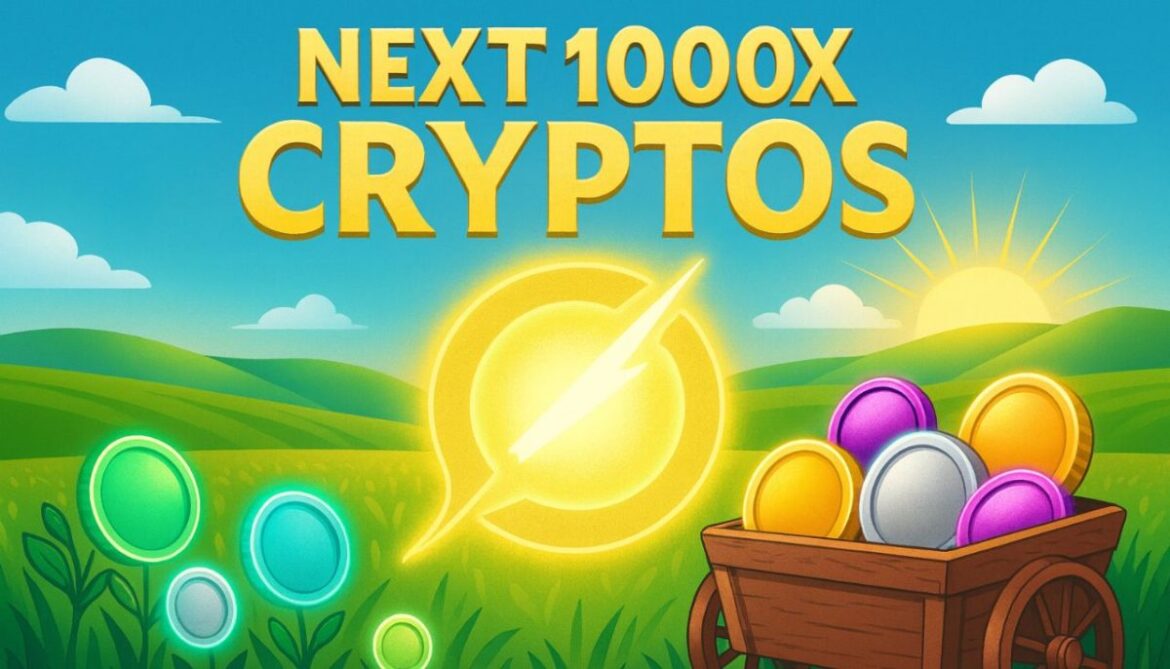In brief
- Ethereum transformed the blockchain industry by enabling smart contracts, DAOs, NFTs, and decentralized apps.
- From its 2015 launch to The Merge in 2022, Ethereum has driven innovation and faced growing pains.
- Ethereum powers DeFi and NFTs, but still battles high fees, scalability limits, and fierce competition.
Ethereum, the second-biggest cryptocurrency after Bitcoin, is a blockchain-powered platform for creating decentralized applications (dapps).
Ethereum is not just a cryptocurrency. It’s a global, decentralized network that enables smart contracts—self-executing programs on the blockchain—and decentralized applications, or dapps, that run without banks, governments, or big tech.
When programmer Vitalik Buterin published a “whitepaper” in late 2013 proposing a new kind of blockchain—not just for money but for programmable code—a revolution in digital finance began. Today, the Ethereum blockchain hosts decentralized applications like smart contracts, games, digital art, and assets worth billions.
Ultimately, many believe that Ethereum could underpin a re-imagining of how the internet works, dubbed Web3, in which control of the internet is disintermediated away from big companies such as Amazon, Google, Facebook, and X.
This guide will help you understand the history of Ethereum, Buterin’s big idea, and the role Ether plays in that vision.
Smart contracts: Ethereum’s breakthrough
The feature that set Ethereum apart from Bitcoin early on was the smart contract. A smart contract is a code stored and executed on the blockchain that runs automatically once its conditions are met.
Smart contracts are transparent, tamper-proof, and execute without relying on third parties. This makes them the backbone of everything built on Ethereum, from DeFi protocols to NFT marketplaces.
Who Invented Ethereum?
Russian/Canadian computer programmer Vitalik Buterin wrote the whitepaper that Ethereum is based on. However, the building of the network and community was helped along by a number of co-founders: Anthony Di Loria, Charles Hoskinson, Miha Alisie, Amir Chetrit, Joseph Lubin and Gavin Wood.
Development of the Ethereum network began in early 2014 under the Ethereum Foundation, with Gavin Wood publishing the technical “yellow paper” that defined the Ethereum Virtual Machine.
A crowdfunded token sale followed in mid-2014, raising funds through an initial coin offering, or ICO, that exchanged Bitcoin for Ether. The ICO raised over $18 million.
The network officially went live on July 30, 2015, launching as “Frontier”—a platform for developers to test and deploy decentralized applications.
The switch from Proof-of-Work to Proof-of-Stake
When it first launched, Ethereum used the same Proof-of-Work consensus mechanism as Bitcoin, with cryptocurrency miners securing the network by solving complex cryptographic puzzles.
In September 2022, Ethereum switchted to a Proof-of-Stake (PoS) consensus algorithm. Instead of mining, Ether is created through staking: validators lock up at least 32 ETH as collateral and are chosen to propose and verify new blocks. Honest participation earns them ETH rewards.
This shift, known as “The Merge,” ended Proof-of-Work mining, making Ethereum more energy-efficient while allowing anyone with the required stake to help secure the network and earn rewards.
Blocks are still added about every 12 seconds, but ETH is now distributed as staking rewards, not mining rewards.
Did you know?
Ether (ETH), Ethereum’s native cryptocurrency, pays for transactions, powers apps, and secures the network. Ether’s sub-units, Gwei and Wei, are named after Wei Dai, an early pioneer of cryptocurrencies.
What applications have been built on Ethereum?
- 👥 Social Networks: Get paid for your posts on social media dapps.
- 📁 File Storage: Decentralized file storage at a fraction of the price.
- 💸 Overseas Payments: Dramatically reducing the cost of sending cash overseas.
- 💳 Payment Cards: Contactless debit card to pay in Ethereum and other cryptocurrencies.
- 👀 Online advertising: Cutting out the middlemen in online ads. Users get paid directly for watching online advertisements.
- 💱 Exchanges: Decentralized exchanges (DEXs) such as Uniswap enable users to trade cryptocurrencies peer-to-peer, without middlemen.
- 🏦 Loans: Blockchain-backed loans with no credit checks.
Timeline: Major milestones in Ethereum
- Late 2013: Vitalik Buterin publishes the Ethereum white paper, introducing the idea of a programmable blockchain.
- Mid-2014: Ethereum crowdsale (ICO) sells Ether for Bitcoin to fund development.
- July 30, 2015: Ethereum launches with the “Frontier” genesis block.
- September 2015: “Frontier Thawing” update increases gas limits for more stability.
- March 2016: Homestead upgrade improves protocol security and usability.
- April 2016: The DAO, a decentralized venture fund, launches via crowdsale.
- June 2016: Hackers exploit The DAO and drain roughly $50 million in Ether. Community votes to hard-fork, creating Ethereum (ETH) and Ethereum Classic (ETC).
- October 2017: Byzantium hard fork enhances performance, privacy, and sets the stage for Proof-of-Stake.
- December 2017: CryptoKitties and CryptoPunk NFTs go viral, stressing network capacity and highlighting scalability issues.
- January 2018: ERC-721 NFT standard is introduced, enabling unique digital assets.
- December 2020: Beacon Chain launches, beginning Ethereum’s transition to Proof-of-Stake.
- March 2020: Visa begins settling USD Coin (USDC) stablecoin transactions using Ethereum.
- April 2021: Berlin hard fork reduces gas costs.
- August 2021: London hard fork activates EIP-1559; introduces fee burning, reducing inflation.
- September 15, 2022: “The Merge” transitions Ethereum from Proof-of-Work to Proof-of-Stake, cutting energy use by more than 99 percent.
- April 12, 2023: The Shanghai upgrade enables withdrawal of staked Ether from the Beacon Chain.
- March 13, 2024: The Dencun upgrade introduces proto-danksharding, a step toward reducing costs and increasing scalability.
- May 7, 2025: The Pectra upgrade, combining Prague and Electra updates, aims to expand staking flexibility and improve Ethereum’s efficiency.
Ethereum and DAOs
One of Ethereum’s most radical innovations was the decentralized autonomous organization, or DAO. A DAO is a blockchain-based organization governed by smart contracts and community votes. Members typically hold tokens that grant them voting power on how the DAO operates and spends its funds.
The first major experiment was The DAO in 2016, which sought to operate as a decentralized venture capital fund. Investors pooled Ether, then voted collectively on how to allocate it. The project ended in disaster due to an infamous hack, but it demonstrated the potential of blockchains as platforms for decentralized governance.
Since then, DAOs have grown into a vibrant sector. They range from DAO frameworks like Moloch and Aragon, to investment collectives like Syndicate, and governance DAOs such as MakerDAO, which manages a stablecoin pegged to the U.S. dollar, to social DAOs that organize communities online.
Supporters argue that DAOs could redefine corporate governance by replacing traditional hierarchies with code and community control. Critics warn that legal frameworks remain murky, and smart contract vulnerabilities pose risks. Still, DAOs remain one of the clearest examples of Ethereum enabling something that could not exist without it.
A network tested by crisis
If Bitcoin is the gold of the cryptocurrency world, Ethereum is the oil that machines are powered on—but it has not been all smooth sailing.
Ethereum’s first major crisis arrived in 2016 with the DAO hack, when attackers exploited a vulnerability to steal $50 million worth of Ether.
The community was split: some argued the blockchain’s ledger should remain immutable, while others pushed to undo the damage. The decision to hard fork created two parallel blockchains—Ethereum (ETH) and Ethereum Classic (ETC).
Ethereum and the NFT boom
Ethereum also fueled the explosion of non-fungible tokens, or NFTs, unique digital assets that prove ownership of items like art, music, or collectibles.
The breakthrough came in 2017 with the ERC-721 token standard, which let developers create unique tokens on the Ethereum blockchain. NFTs began to clog the Ethereum network as users spent millions trading CryptoKitties, CryptoPunks, and more, showing both the appeal and the limits of the technology.
By 2021, NFTs had gone mainstream. Digital artist Beeple sold an NFT artwork for $69 million, and the Bored Ape Yacht Club launched. One of the most prominent NFT collections, the Bored Ape Yacht Club, is a collection of 10,000 primate-themed NFTs that became a cultural phenomenon, drawing celebrities and selling for hundreds of thousands of dollars each. At its height, in May 2022, all 10,000 BAYC NFTs collectively were valued over $1 billion.
Ethereum’s smart contracts made this possible by encoding ownership and authenticity directly into the blockchain. The NFT boom exposed Ethereum’s energy inefficiency, accelerating its shift away from the more energy-intensive Proof-of-Work algorithm.
The race to scale
Ethereum’s biggest weakness? Scalability. At about 15 transactions per second, it cannot match Visa’s tens of thousands. That bottleneck has often caused sky-high “gas fees,” or transaction costs.
To address this, developers began a years-long upgrade known as Ethereum 2.0. The launch of the Beacon Chain in 2020, the Berlin and London upgrades in 2021, and the Merge in 2022 marked steps toward a more efficient, Proof-of-Stake network. Later upgrades, including Shanghai in 2023 and Dencun in 2024, tackled staking flexibility and lower transaction costs.
Ethereum and the Web3 vision
Supporters see Ethereum as the foundation for “Web3”—an internet where users, not corporations, control data, money, and digital identities. Ethereum powers decentralized finance DeFi, non-fungible tokens, and decentralized autonomous organizations, each of which experiments with alternatives to traditional financial and governance systems.
But competition looms. Rival networks such as Solana, Cardano, and Polkadot have positioned themselves as faster, cheaper alternatives. Meanwhile, Ethereum scaling solutions like Polygon and Arbitrum aim to process transactions off-chain before anchoring them to Ethereum’s main blockchain, reducing lag time and cost.
A decade in, Ethereum is still defining itself
As Ethereum enters its second decade, it continues to test the boundaries of what a blockchain can do. Whether it will deliver on its vision of a decentralized internet—or cede ground to faster competitors—remains an open question.
What’s certain is that Ethereum has already changed how we think about the internet, money, community, and governance.
Daily Debrief Newsletter
Start every day with the top news stories right now, plus original features, a podcast, videos and more.










